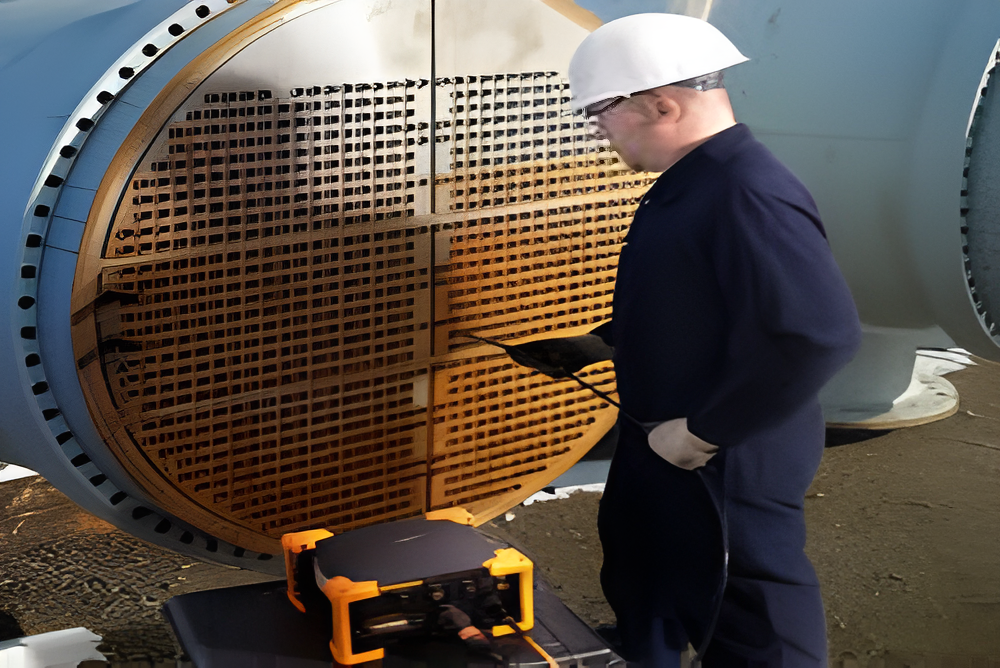Pulsed Eddy Current Testing (PECT) is an inspection technique used for corrosion under insulation (CUI)
screening on carbon steel structures as pipes, vessels, tanks and spherical tank legs without the need of contact with the steel surface.
PECT is a static technique able to measure spot percentage variations in steel thickness through any non-conductive
and non-magnetic material between the sensor and steel surface such as air, insulation material, concrete, plastics
coatings, paint, sea water, marine growth, deposits, oil, etc.
PECT is a comparative technique where the percentage variations measured on the specimen are compared with a calibration value which is always assumed to be the full wall thickness.
Advantages of PECT
When interpreting the PECT data, it is important to consider the strengths and limitations of the method. The advantages of PECT are as follow:
corrosion product or paint. This is obviously a key feature when inspecting the surface casing of an offshore
well since surface preparation would be extremely difficult to implement due to the restricted access.
The limitations of the technique are as follow:

Company
(+20) 1067260212
(+20) 01006126531
info@intergy.org
location
8B, Sakalya Street
Nasr City, Cairo , Egypt
©intergy, All rights reserved, Product by wpaper agency PureSoft